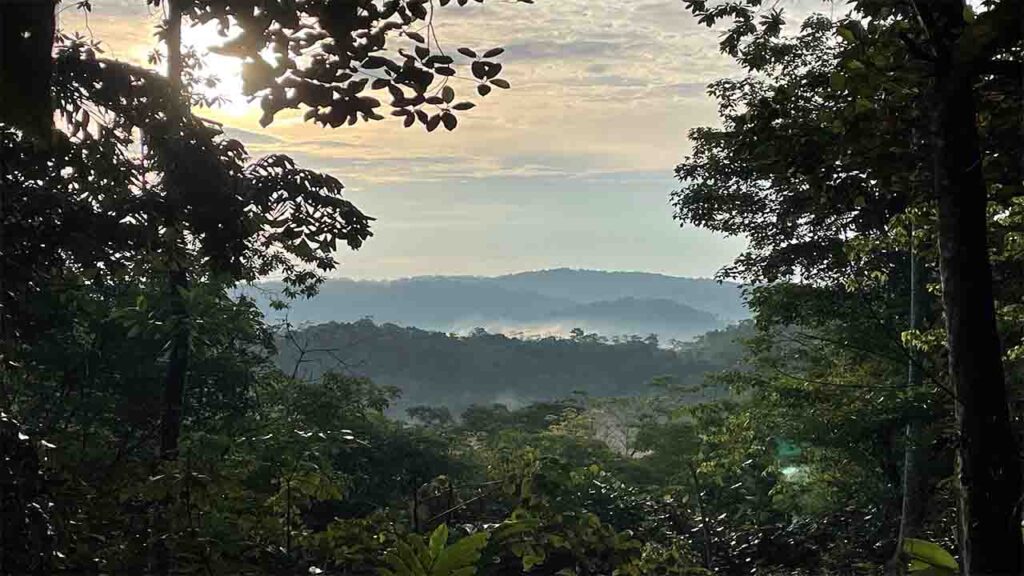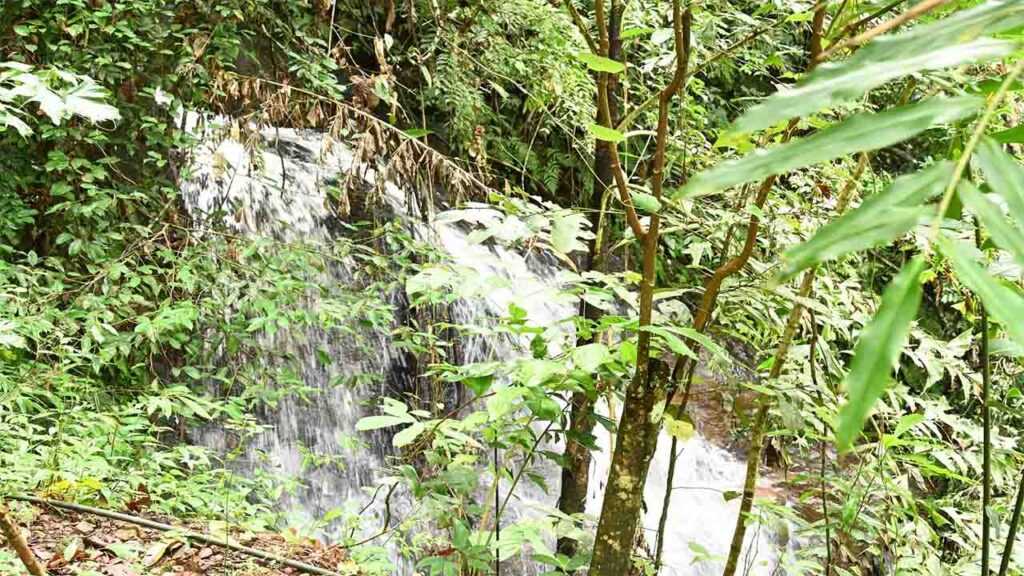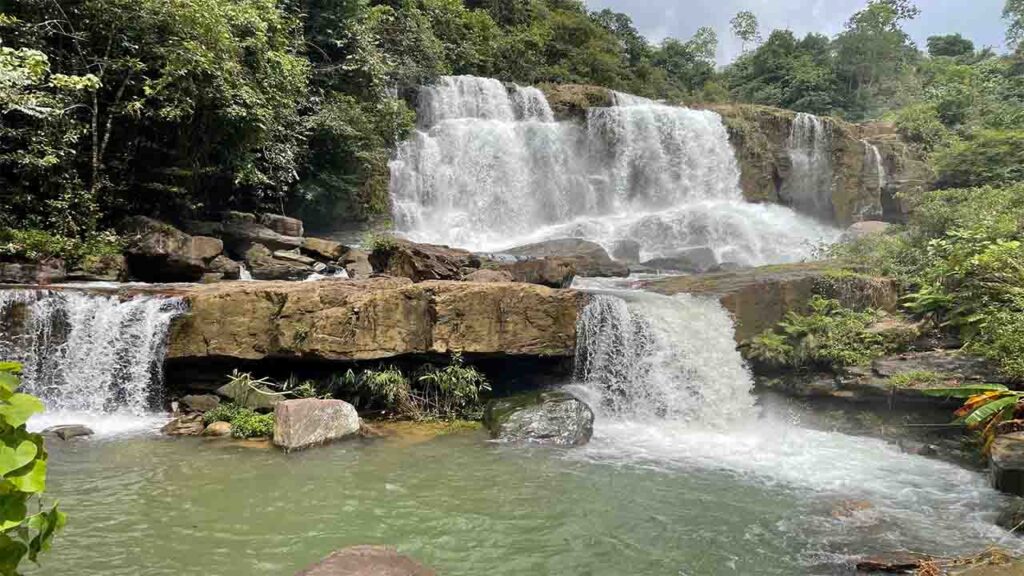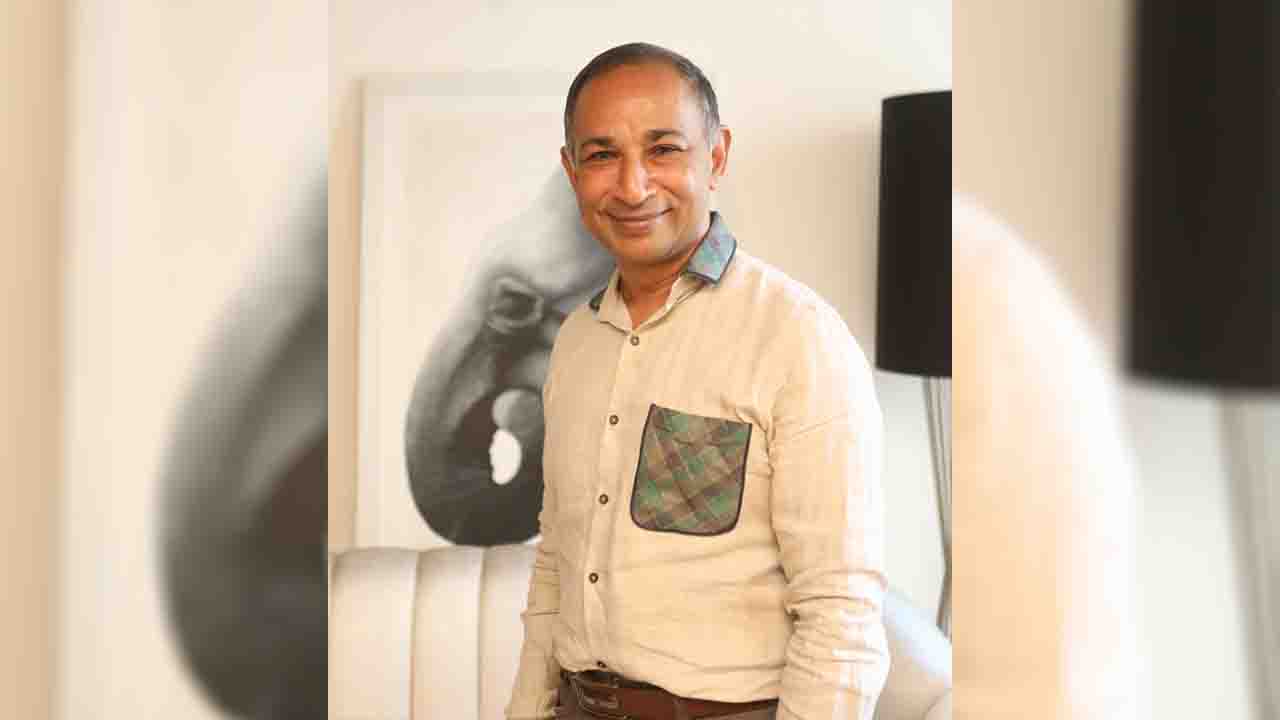Colombo Sri Lanka (Commonwealth Union)_Sri Lanka is one of 34 biodiversity hotspots in the world holding the highest biodiversity per unit area of land in Asia. Sinharaja Forest Reserve, a UNESCO World Heritage Site for example has 60 percent of Sri Lanka’s endemic trees and over 50 percent of endemic species of mammals, insects, and amphibians. However, unplanned development, human-animal conflict, and fragmentation of land have led to animal spaces and corridors reducing and in some cases disappearing across the country, resulting in the treasure trove of biodiversity in Sri Lanka becoming endangered.
Enter PLANT – Preserving Land & Nature (Guarantee) Limited which aims to acquire privately owned land for conservation, which can contribute towards creating reasonably connected corridors of protected natural spaces and forest ecosystems. An initiative under the 120-year-old Wildlife & Nature Protection Society (WNPS) of Sri Lanka, PLANT was launched in 2020 focusing on the bigger picture of going beyond species conservation to ecosystem conservation.

It also aims to engage the private sector much more effectively by making it a driver of the concept similar to tried and tested models in countries like the UK where high-net-worth individuals and large corporations fund conservation.
Chairperson of PLANT and former President of WNPS Sriyan de Silva Wijeyeratne works on the ethos of ‘preservation is better than reforestation’, because Sri Lanka has a treasure trove of ecosystems to preserve. “We’re all about creating corridors; it’s about connecting already protected spaces so animals have much broader ranges for movement,” he says. PLANT has picked Emerald Trails off the southwest part of Sri Lanka as one of these corridor spaces. “90% of the country’s endemic species thrive in this area, and it is also the region where there is rapid development and expanding human habitat. Corridors, therefore, are critical.”

The rapid change in the balance of the ecosystem is worrying, with most being used way beyond their carrying capacity, as is seen in the mangroves and wildlife parks. Illegal land grabs, unplanned settlements placed in animal corridors, and fragmentation of lands preventing animal movement, all lead to species extinction. Another cause for concern is the large numbers of roadkill on Sri Lanka’s 114,000-kilometre network of roads amounting to at least 20,000 species’ deaths per day. The expansion of agriculture from 27 percent of land use to 50 percent but with no quantifiable productive use is another factor for species extinction. Add climate change, pollution, plastic waste generation, invasive species, and military and religious implications on ecosystems and Sri Lanka’s biodiversity is hearing its death knell.

Unhindered
PLANT has a coverage of over 2,500 hectares of land but Wijeyeratne reiterates the initiative is driven by partner collaborations. Working with its own land and land belonging to partners, he says, “Ownership doesn’t matter; it’s all about conservation.” The largest land contributor is one of Sri Lanka’s largest blue chip conglomerates Hayleys PLC, while other corporates are signing up as well. Wharton Business School of the University of Pennsylvania has helped PLANT with its website, while The Rainforest Trust and Quick Response Fund for Nature are also in its international partner network.
“But we need more people, scientific minds, researchers in land, plants, and species, knowledge sharers, and more high-net-worth individuals and corporations to join our efforts. Being volunteer-based, we need more hands on deck and more donors. The end goal is that the land we acquire is given back to nature, for conservation and thereby for the future of this country and planet Earth.”








